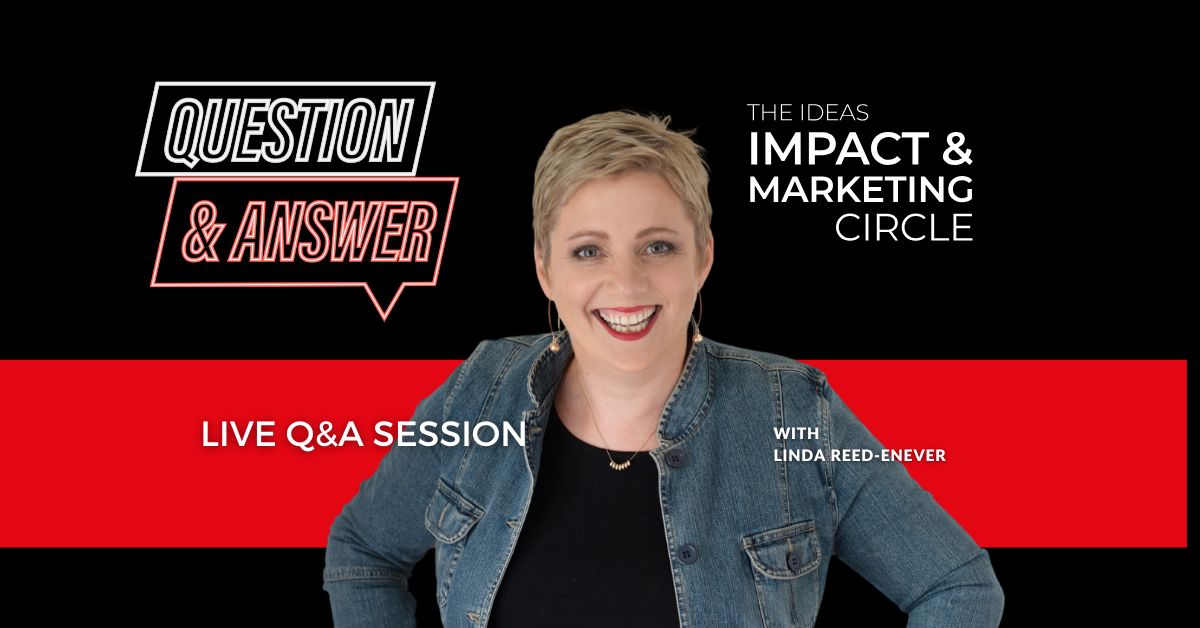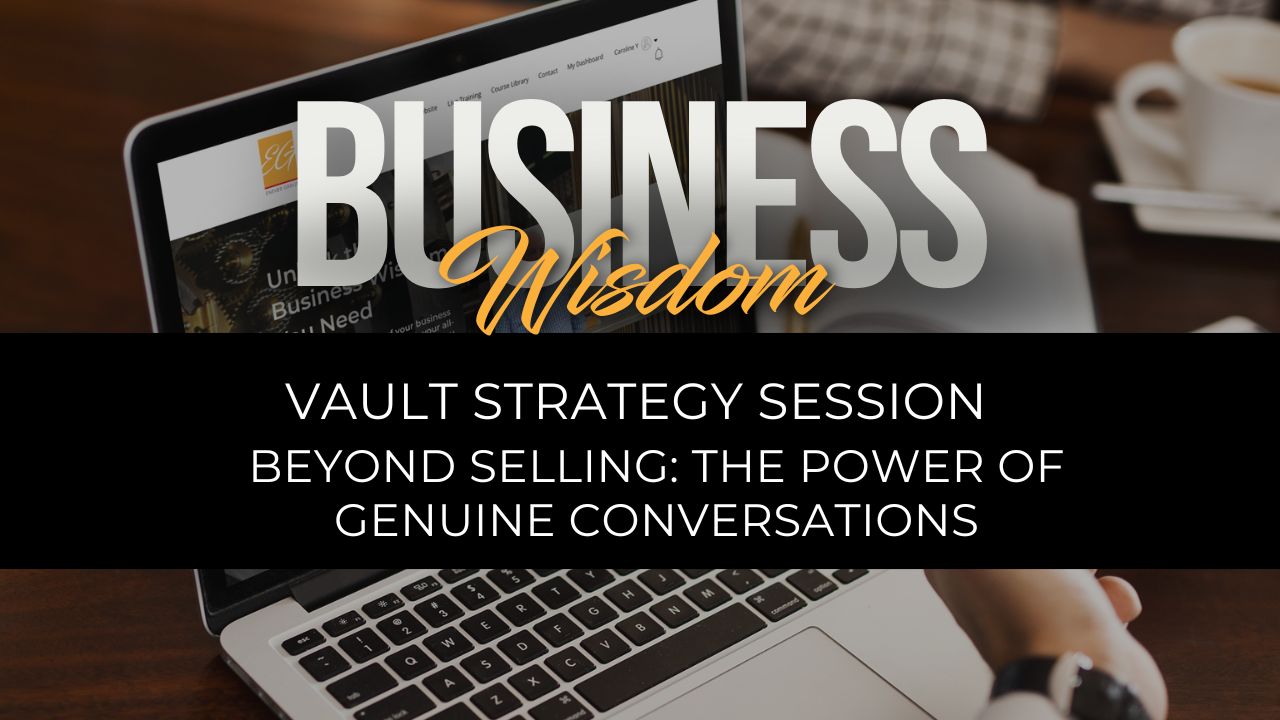We hear a lot about visions and missions – these bold statements etched into the websites and walls of businesses and big corporations. But amidst all the careful crafting, big hopes and dreams, why are these words so important, what’s the difference between a vision and a mission, and where do you begin when it comes to creating them?
Here’s why Vision and Mission Statements are more than just words.
THE DIFFERENCE
Alike in the way they are created, the Vision and Mission Statements factor in two separate stages of your business and are used in different ways.
The Vision is about where you want to go, encapsulating your broader business goals, reflecting your view of the world and your ultimate place within it. It calls your team to a sense of greater purpose, looking to the future of what you could achieve.
Meanwhile, the Mission talks about your current position, what you are doing now, and how you do it. It’s used to let your customer’s know what you offer and that they’re in the right place, while guiding your employees in the way they do business.
Both can be as short as a single sentence but should be carefully thought through to encompass your goals and operation. A great example of the difference and application is Google.
Google’s vision: “To provide access to the world’s information in one click”.
Google’s mission: “To organize the world’s information and make it universally accessible and useful”.
While their Vision statement is grand, futuristic, all-encompassing and ambitious, their Mission Statement speaks to the now and their day-to-day role organising information in a useful and accessible manner. The mission is the immediate methodology behind how they will meet their vision.
CREATING THE VISION STATEMENT
The Vision Statement defines the core ideals of a business and gives it ambitious direction.
A Vision Statement does not need to describe what you do, but rather the end point – where you want to go or the resultant experience or outcome. Based on your business goals, it should not be overly complicated and it should be easy to recall.
It will answer the question: “where are we going?” Not “how will we get there?”. And the best way to create a vision statement is to draw from your most important business goals.
Your Vision Statement should be:
- Succinct
• Simple (in plain English)
• Short (saying a lot in a few words)
• Passionate
• Memorable
• Powerful
• Realistic
• Outcome focussed (describing the ideal state for your business)
• Inspirational (building a picture of who you are in people’s minds)
CREATING YOUR MISSION STATEMENT
The Mission Statement delivers several key pieces of information about your business operation now. It outlines:
- What the needs or opportunities are that the business addresses
- What the business of the organisation is
- How customer needs are addressed
- What level of service is provided
- What values guide the organisation
The Mission Statement should deliver its message clearly to everyone who comes in contact with your business – customers, employees, suppliers and other stakeholders. Ideally, it will inspire, support and encourage engagement, giving a clear view of outcomes.
A good Mission Statement does all of the above and clearly shows a new customer they are ‘in the right place’. It is drawn from your ethos and operations.
WHY THEY MATTER
Vision and Mission Statements may be just words, but they are part of the future and current definition of your business.
Together, they keep a business and its staff on track as a constant reminder of achievement now and into the future, and, like most areas of your business, they will need to be revisited and revised as your business evolves.
THE FINAL WORD
The best Vision and Mission Statements take time and thought, and will be drawn from your existing business documentation like your business goals and plan.









